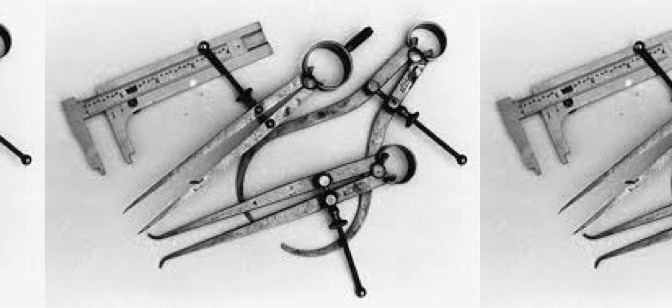Measurement of Performance in Education (Why it is Important)
Morningside Academy in Seattle, founded in 1980 by Dr Kent Johnson, is a school that incorporates the measurement of learning into their everyday practice. They guarantee a child’s academic performance to improve by a minimum of one year’s growth in their weakest academic skill, within six-months of tuition and fluency-building practise. As such it is an impressive example of the effectiveness that can be achieved to combat academic failure when performance is measured and the teaching adjusted accordingly to meet the requirements of individual learners (Johnson & Layng, 1994; Johnson & Street, 2004). Morningside Academy incorporates performance measures to determine each learner’s academic improvement at different times throughout the academic year: daily (micro), weekly or monthly (meta), and once or twice yearly (macro). Data collected for each learner for every skill enable teachers to predict future growth and adjust instruction accordingly to ensure that they maintain the learner on the appropriate learning trajectory to meet targeted progress goals. If such interventions can remediate deficits then learners may be able to effectively move from their current position in this distribution of deficit and approach or even enter the normal distribution of their typically performing peers.
Most schools and educational systems already utilise Macro level systems of measurement (e.g., standardised yearly achievement tests), and these offer benefits of being able to locate children with respect to their peers on key areas of the curriculum. However, these types of measures have three important limitations: (1) they are expensive and time consuming to administer, (2) they cannot identify learning problems when they are first developing, and (3) they typically offer little guidance on how teachers can intervene with specific learning issues.
Continue reading Intro Part 3: Effective measurement of learning


